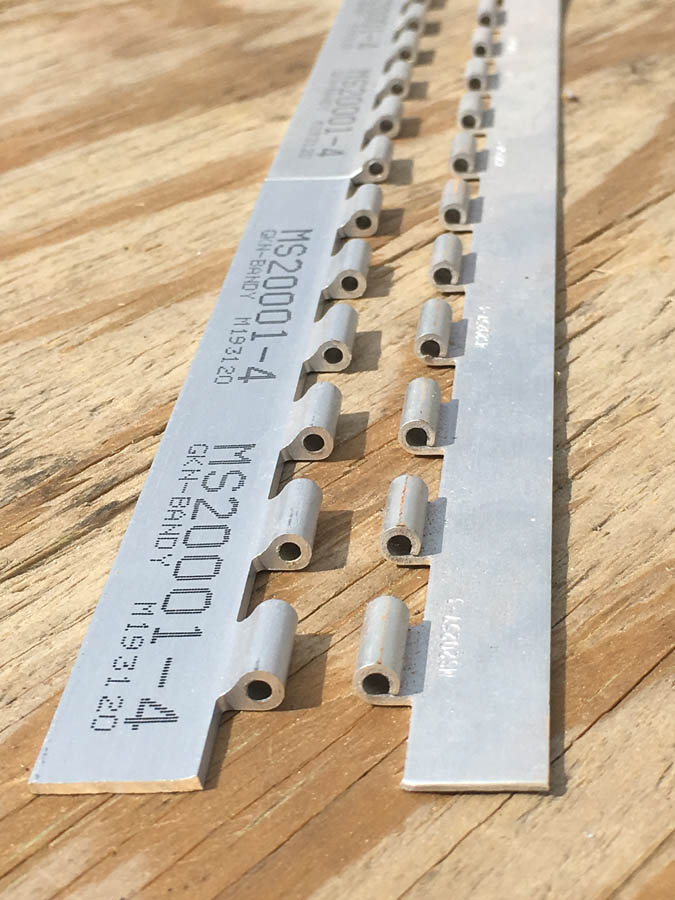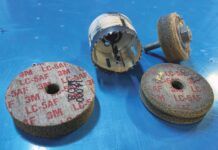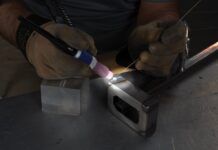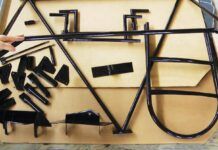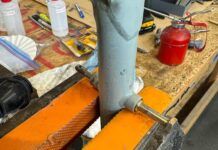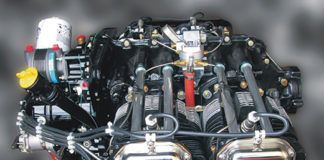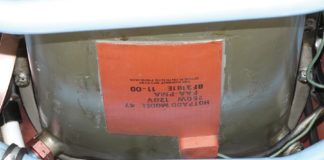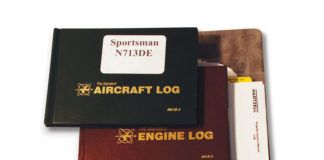Piano hinges find themselves in all kinds of places as we examine the structure of our homebuilt aircraft. Providing a pivoting mechanism for control surfaces such as rudders, elevators and flaps is one function on some aircraft designs. This hinge also provides a means of attaching doors, canopies, and cover panels to the aircraft. Another very useful purpose for the piano hinge on an aircraft has nothing to do with providing a pivoting motion. Take for example, the use of these hinges for attaching engine cowls to the aircraft. Some designs use the hinge to attach seat backs to the body of the fuselage. The ability to take apart structures with the pull of a single pin has its advantages!
While we could have some fun coming up with 101 creative uses of a piano hinge within an experimental aircraft, we will leave that for another time. What would be useful now is to discuss how to select and order piano hinge components when needing to replace existing hinges or adding a new feature requiring hinge material. Of course, when replacing an existing piano hinge on an aircraft, it should match the designer’s specifications in the drawings. However, if creating a component of your own design, you have some hinge options to choose from.
There are two basic compositions of aluminum piano hinges that you can choose from: extruded (MS20001) and formed loop (MS20257). Those MS numbers are critical when ordering from a catalog. The extruded is much stronger (made from 2024-T3 and 7075 alloys) and also much more expensive (about $10 per foot). The little hinge loops are completely closed as they are formed in the extrusion process (see photo).
While the extruded MS20001 is the strongest hinge material, the formed loop (MS20257) version tends to be adequate for most applications. It is made from 5052 aluminum, and the loops are mechanically rolled into shape from flat stock in the manufacturing process. You will find that MS20257 hinge is used in most areas of the aircraft, even for critical flight control surfaces. And while hinge material is not inexpensive, the MS20257 will not be ridiculously high priced.
Hinges are often used to join the upper and lower halves of the engine cowling together and to attach the cowl to the fuselage.
The letter “P” may be added to the end of either MS hinge number. This indicates that the aluminum hinge surface has been anodized. This is a wonderful option that allows the hinge to weather the elements without paint. Lacking this letter indicates the surface has not been treated. For the formed loop hinge only, MS20257 can be followed by a “C,” which indicates stainless steel is used instead of aluminum.
The very last digit of the MS designation specifies the size of the hinge. It is easiest to look at a vendor’s chart to see how this number relates to the hinge size. The hinge is measured across both hinge halves when opened flat with a pin installed. For example, an MS20257P4 will have a 1.5-inch open width, .040-inch thick, and anodized. A stainless steel pin of the correct size should be included with a hinge purchase. Typical pin diameters include: .063, .090, and .180 inch. When you choose a hinge size based on the open width, the pin diameter size is already determined by the MS hinge specification and usually shown in the vendor’s ordering chart. Hinge pins can also be purchased separately. They are designated MS20253 followed by another digit designating their diameter size.
With this basic information, you can order the proper piano hinge material for your project. Looking at the hinges used in many of the popular aircraft kits, you’ll notice that the formed loop hinge (MS20257) is by far the most popular. It is also nice to have a super-heavy-duty version available (extruded MS20001) when the situation warrants. And I bet you will not be too quick to toss out smaller extruded hinge scraps now that you know what they cost!


